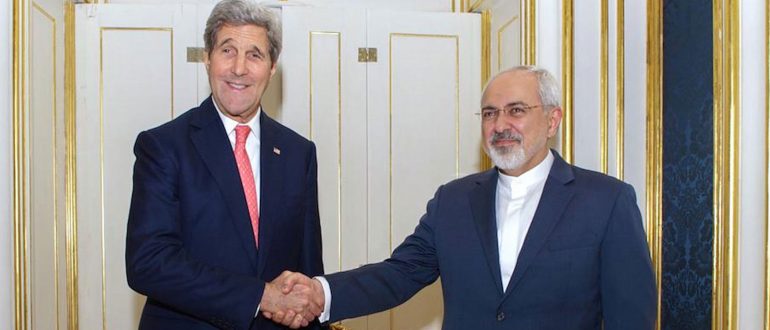
Iran deal to shake up international energy dynamics
After more than a decade of tensions and two years of heated negotiations, a landmark nuclear deal between the P5+1 – the United States, the United Kingdom, France, China and Russia plus Germany – and Iran, was inally concluded on 14 July 2015. While the complete lifting of sanctions and the normalisation of international relations remain conditional upon the full and efective implementation of the agreement by Tehran, China, as Iran’s current number one importer of energy, may well emerge as one of the major winners of the Joint Comprehensive Plan of Action concluded with the Islamic Republic.
This is no surprise, considering the opportunities offered by a post-sanctions Iranian economic landscape. As the country holding the fourth largest oil reserves and the second largest natural gas reserves in the world, Iran represents a vital partner for China’s imports of crude oil, and a potential gateway to the expansion of Beijing’s sway in a region critical to its growing energy demand.
Just as for the Western nations, the tumultuous events of 2014 heightened China’s need for greater suppliers’ diversification; shortly after the beginning of the Ukraine crisis, the steep ‘oil price crash’ of October 2014 served as a stark reminder of Saudi Arabia’s long-held influence over the international oil market, a somewhat uncomfortable position for China’s Saudi-dependent oil imports. Meanwhile, the much-galvanised China-Russia ‘gas deal’ worth US$ 400 billion is not expected to deliver any substantial beneits before 2020, while the construction of the world’s largest pipeline between China and Western Siberia, known as the Altay route, has been postponed indeinitely as the Chinese economy continues to sputter.
Undoubtedly, the lifting of sanctions and the progressive re-introduction of Iran within the global dynamics of international relations will grant easier access to the highly coveted Iranian energy reserves to the ‘oil thirsty’ China. Even when Tehran-Washington frictions reached their peak, China has maintained its crucial role in restructuring and modernizing Iran’s economy, through massive investments in the country’s oil and gas exploration, petrochemical and pipeline infrastructure. As the vast majority of foreign energy companies were forced to leave Iran years ago, strangled by the toughening of multilateral and bilateral sanctions, Beijing’s state-owned enterprises now enjoy a irst-mover advantage in the Iranian energy market.
Meanwhile, the decade of sanctions left Iran in desperate need for robust and modern production and export oil infrastructures, a godsend for Beijing’s ambitious ‘Go West’ strategy of the ‘New Silk Road’ initiative. Iran, given its strategic position, is expected to play a decisive role in China’s extended network of infrastructures that links Asia to Europe. Just as important, the deal may give the necessary impetus to the completion of the long-stalled Iran-Pakistan gas pipeline which is due to connect China as part of the Silk Road project, a logjam attributed to the pervasiveness of international sanctions on Iran’s energy exports.
But this is not to say that Western powers have missed the opportunity to re-engage with Iran. Quite on the contrary, the perception of the Islamic Republic as an alternative energy supplier that could compensate for the disruptions in Russian gas exports has made its way in European policy-makers’ minds. Yet, the overlapping interests of both regions mean that Iran, in a near future, could easily play of the EU against China, along with other world powers at stake, for its own beneit. Against such backdrop of coinciding opportunities and challenges, the nuclear deal may well re-shape the international energy panorama, and spur increasing competition in Iran’s energy sector between the Chinese companies and Western investors.
This article is part of IFAIR’s cooperation with the Diplomatic Magazine and was published there first in the issue 11/2015.
